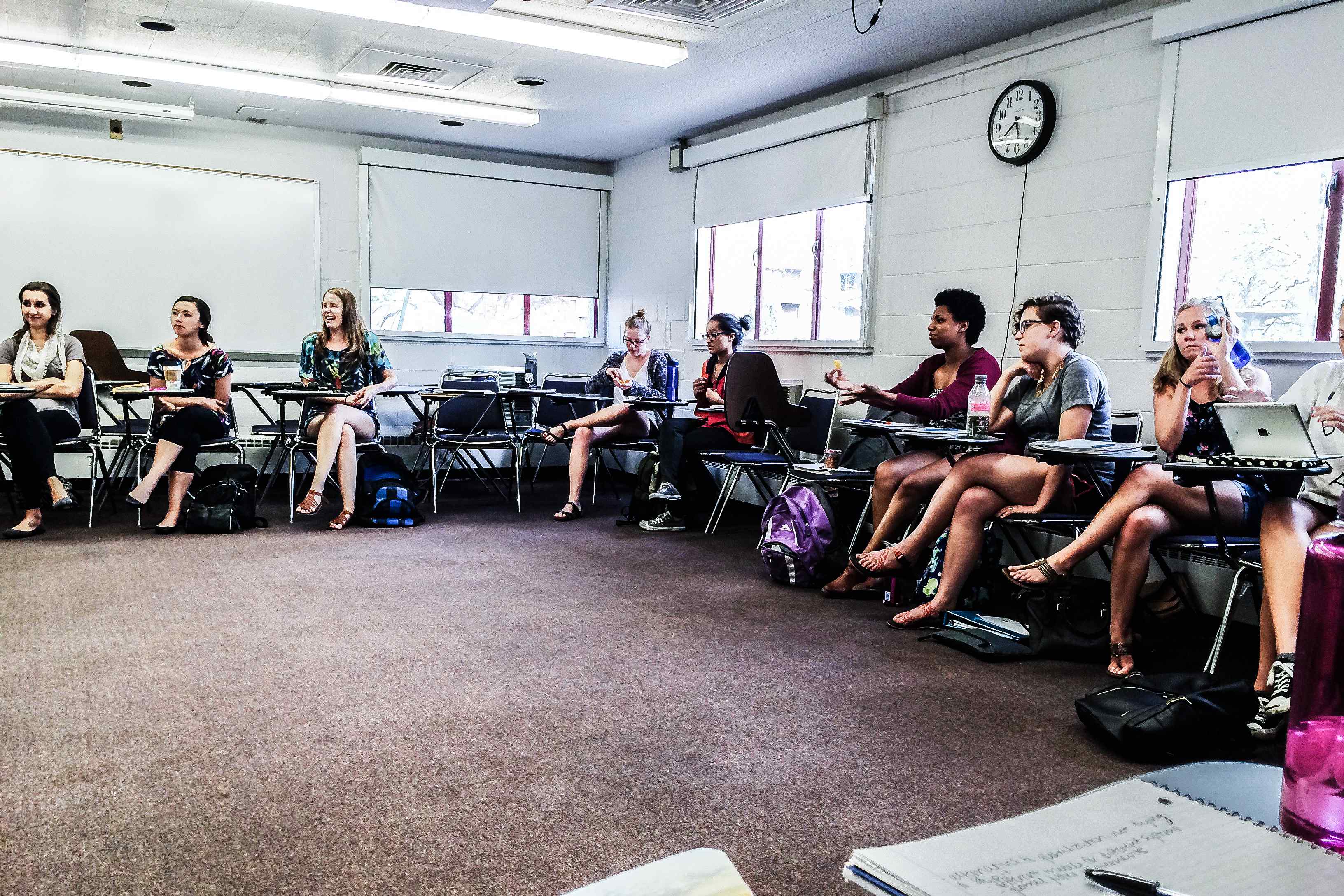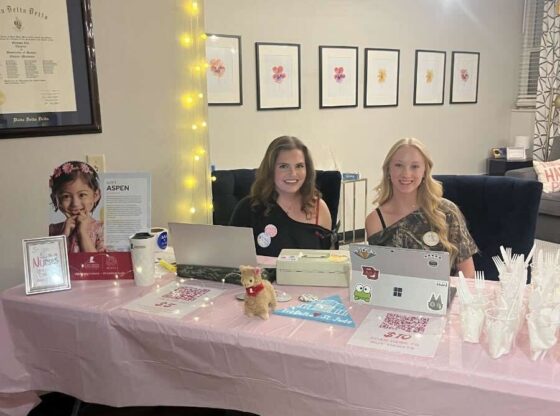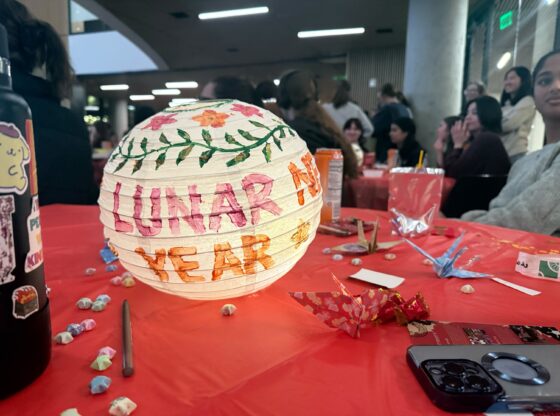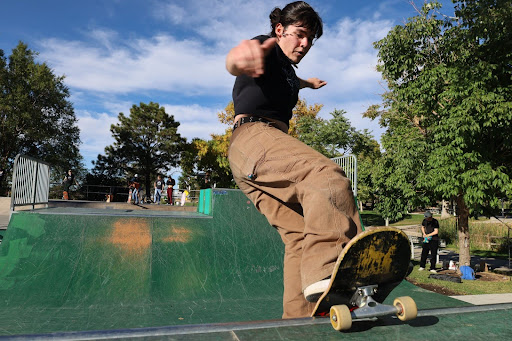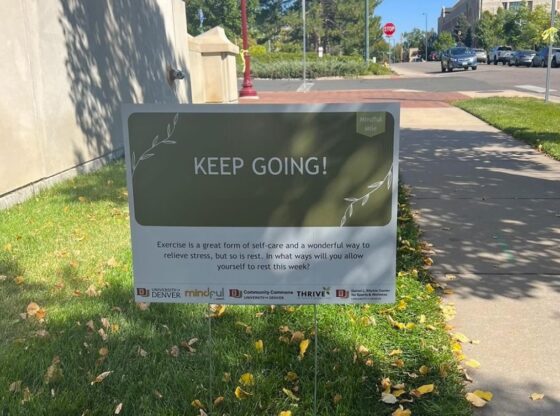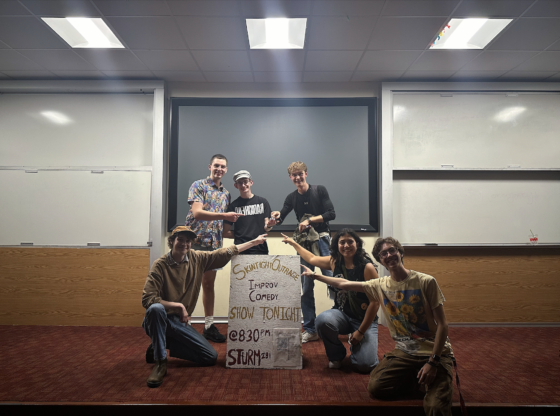The Media Film and Journalism Studies Department at DU has about 250 students in four different majors—media studies, journalism studies, film studies and production and strategic communications. For many students in these majors, it is a great mystery as to why the vast majority of their classes are dominated numerically by women, especially as they progress to the upper-level classes in these majors.
According to Peggy Marlow, Office and Budget Administrator for the Media, Film and Journalism Studies Department, there are 14 females and 32 males in the film studies major, 51 females and 21 males in journalism studies, 25 females and 8 males in media studies and 70 females and 21 males in strategic communications.
In a Newswriting and Reporting class (part of the journalism and media studies majors) taught by Jim Brosemer during the winter quarter, only two out of 20 people in the class were male. The same drastically skewed ratio is present in the following class, Online and Visual Journalism; taught this quarter by Christof Demont-Heinrich, which has only one male in a class of 15 people. In another class taught by Margie Thompson this quarter— Gender, Culture, and Global Communication (part of the media studies major)— there are no males enrolled.
This skewed ratio is not only evident to the professors, but the students enrolled as well. “I don’t think I’ve ever had a class in the department that’s been half and half or even two-thirds [female]. It’s always the very vast majority female,” said Dina Grossman, a junior majoring in strategic communications from Albuquerque, New Mexico.
With these drastically skewed representations of males versus females in media classes at DU, some women in the program might wonder what this means for their career plans in journalism. The facts and statistics of women’s representation in journalistic outlets actually presents a different and more concerning outlook. According to an American Society of News Editors census cited by the Women’s Media Center’s The Status of Women in Media in 2014, included in an article by US News, women only make up 36 percent of newspaper staffs.
The US News article also states that in some places, diversity is actually decreasing. Additionally, in three of America’s best known newspapers, USA Today, The Wall Street Journal and The New York Times, male opinion page writers outnumbered women four to one, according to the Women’s Media Center report. This article also states that, out of all the major American Sunday morning talk show hosts, only one was not a white male, and that in the sports arena, nine percent of editors are white and 90 percent are male.
This disparity is noticeable and significant to students in MFJS as well. “The New York Times and other serious publications are still predominantly male. It’s changing for sure, but I think that historically it was seen as more of a male-dominated profession,” said Alli Longwell, a junior majoring in journalism and minoring in marketing from Golden, Colorado.
While the women studying to become journalists at DU may be discouraged at their overwhelmingly male competition in the job market, women studying strategic communications have a different outlook due to the lack of males in their job field. In the world of advertising, 60 percent of employees are female, according to a study done for The Atlantic by the Institute for Women’s Policy Research.
“There is some evidence that women tend to be more collaborative, participative and pro-social than men are—but that’s impossible to untangle from our societal expectation that they be that way. Women have only been found to talk more than men when they’re in collaborative settings,” says author Olga Khazan in the article.
“Marketing is generally pretty even but my work experience in marketing is still pretty male, depending on what it is. More artsy stuff is usually women but more business-y, analytical side of it is usually more men,” said Longwell.
In addition to effects like uneven competition in the job market, DU students in the MFJS departments have different experiences in their majors based on the imbalance of women and men in their classes.
“It’s kind of more comfortable being in a class with all girls because we all have similar views and it’s easy to share your opinion because you know you’re not alone,” said Grossman. “Sometimes I think it would be nice to have a guy’s perspective though, especially in [Strategic Communications] when we talk about advertising and how different people perceive different messages. It would be good to see how guys perceive different messages.”
In a world that is slowly trying to bridge the gap between men and women in different industries, we are the next generation of adults entering the workforce with an overrepresentation of males, especially in leadership positions. Equality is becoming increasingly0. more important and demanded everyday in American society and we can only hope the hardworking students in the MFJS department all have a fair shot at pursuing the careers they dream of and not having to consider gender as a factor.

